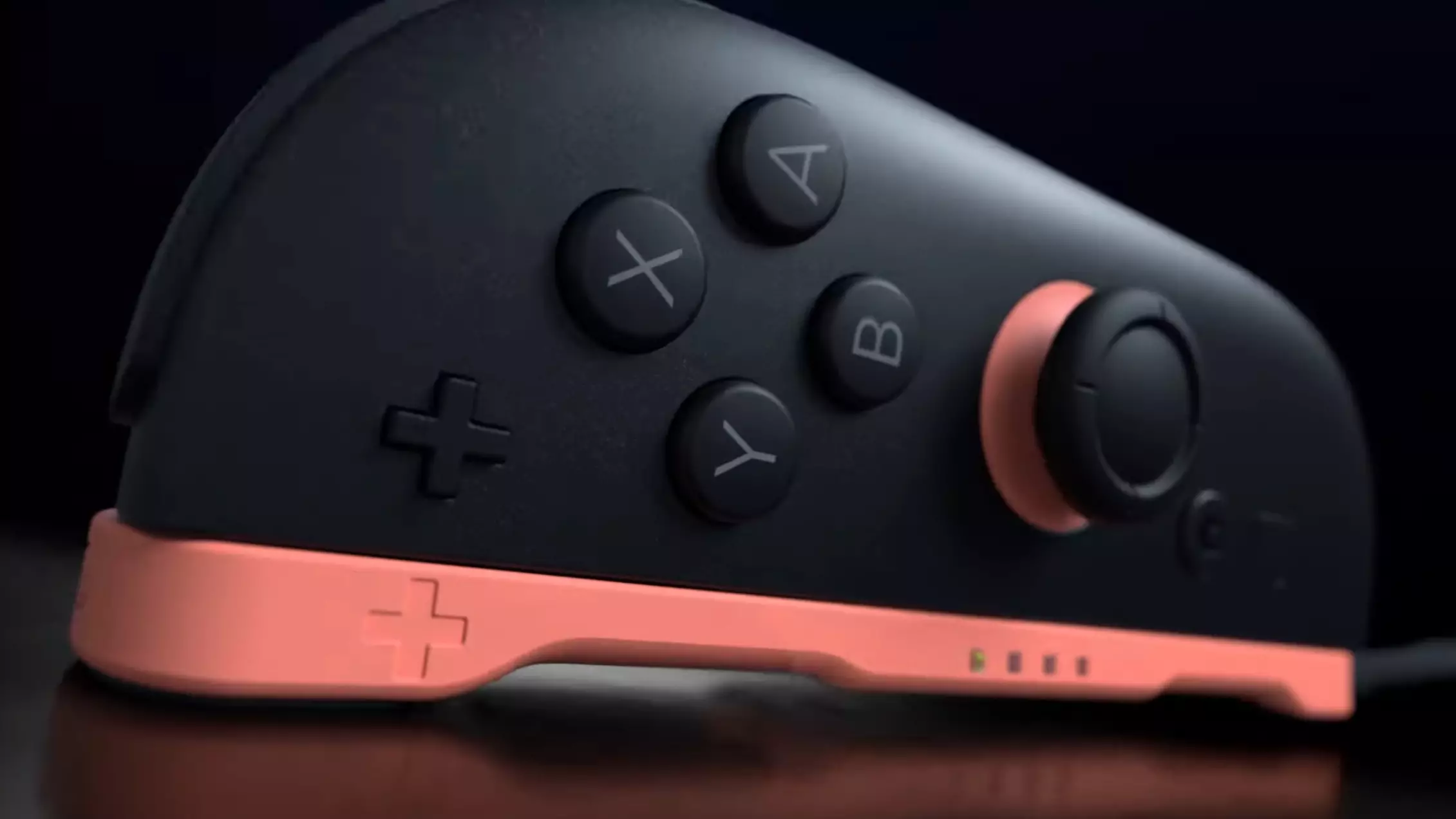The recent announcement regarding mouse controls for the Nintendo Switch 2 stirred an array of responses from gamers and enthusiasts alike. When it comes to strategy games like Civilization or first-person shooters, a mouse is often seen as the optimal tool for precision and speed. However, implementing such controls into the Switch’s ecosystem raises questions about necessity and practicality. One cannot help but wonder if Nintendo’s decision to incorporate mouse functionality is truly innovative or merely an awkward attempt to step outside the traditional gaming norms.
One of the standout features of the Nintendo Switch has always been its minimalist design and intuitive user experience. With a user interface streamlined for simplicity, the introduction of mouse controls feels almost contradictory to the core philosophy that Nintendo has embraced over the years. A closer examination of a demo shared on Nintendo Today reveals to us both the potential and pitfalls of this new feature.
The Awkwardness of Integration: A Mixed Bag
Nintendo recently released an instructional video showcasing how to utilize the Switch 2’s mouse capabilities, adding yet another layer to the user experience. However, the execution of this demonstration left much to be desired. Observers noted a peculiar inconsistency with the cursor’s responsiveness. For instance, when the mouse was moved from one tab to another, there appeared to be a noticeable lag – a misstep that could easily dissuade users from embracing this new feature.
While users looking to maximize their comfort might appreciate the option that reduces reliance on buttons, the awkwardness inherent in mouse controls raises significant concerns. Fundamental to the Switch’s charm is how effortlessly its controls make navigating the interface. A fussy mouse sensation may lead to frustration rather than enjoyment, especially if gamers find themselves combating delays and inconsistencies. The advantages of quick navigation, once deemed achievable with mouse control, may ultimately be overshadowed by learning curves and suboptimal responses, straying drastically from Nintendo’s typically seamless experience.
Are Mouse Controls a Viable Solution?
It’s crucial to evaluate whether mouse controls truly enhance the Switch’s user experience or merely invite confusion. A noteworthy point of discussion is how the existing minimalist user interface may not warrant the added complexity that a mouse introduces. With a bare-bones setup featuring limited on-screen icons, can a mouse genuinely offer any substantive gains over the tried-and-true button navigation?
Additionally, practical usage scenarios remain unclear. For users comfortably ensconced on their couches, perhaps with a laptop tray table at hand, how often will switching to mouse controls genuinely be necessary? The integration appears to lack a clearly defined application for all but the most niche scenarios, leaving the majority of users questioning the added value. The prospective use case for casual gaming appears to be limited, further complicating the narrative of mouse controls on the Switch.
A Deeper Dive into the User Experience
When analyzing Nintendo’s choice to promote mouse functionality, one might wonder if this decision reflects a deeper understanding of the evolving gaming landscape or a slip into unnecessary complexity. Historically, Nintendo has brought innovative ideas into the gaming world, yet it seems possible that in this instance, they might have missed the mark.
An effective gaming ecosystem is all about the experience. The joy of gaming should trump the mechanics being implemented. As showcased in the disappointing promotional material, the disconnect between the expected ease of use and the reality makes for a jarring juxtaposition. Here lies the real question: does the frustration of learning mouse controls outweigh the potential benefits provided for a select few gaming scenarios?
In a world where games continue to become increasingly accessible and user-focused, one must wonder if Nintendo’s mouse endeavor aligns with their overall strategy. The prospect of introducing mouse controls may seem appealing on paper — a hopeful experiment to bridge traditional gaming with evolving trends. However, when such attempts fall flat, they can detract significantly from the joyful experience that Nintendo so skillfully curates. For now, while the mouse may add a layer of versatility, its role on the Nintendo Switch 2 remains muddied and uncertain.

